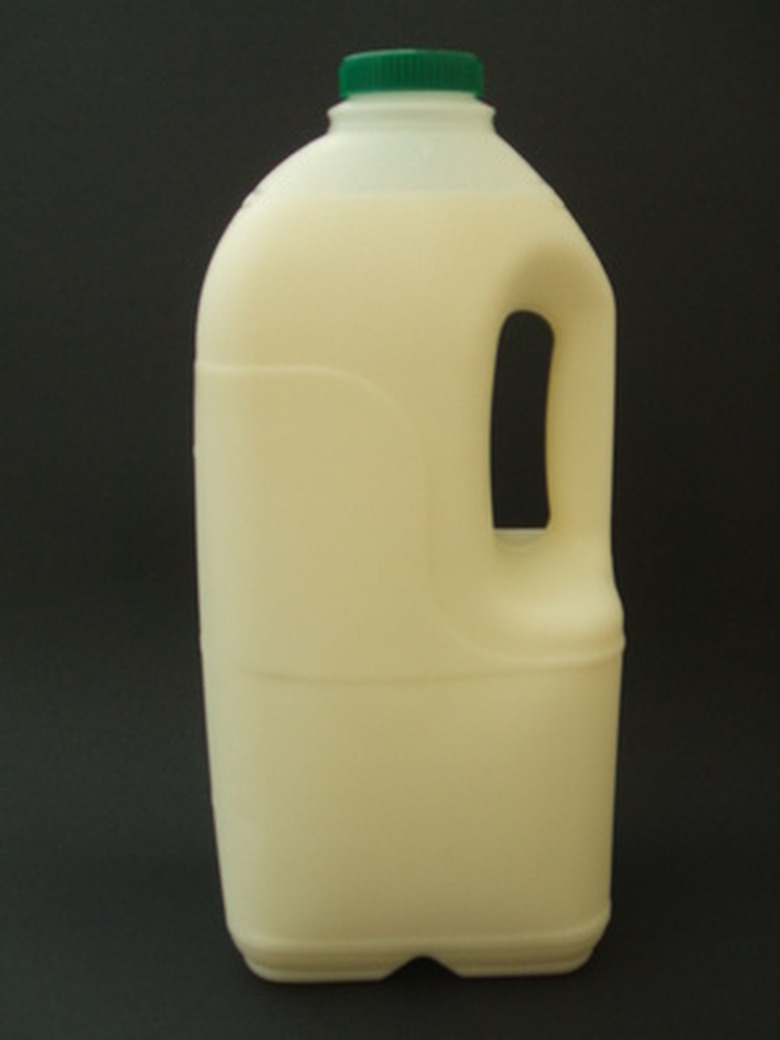What Is The Meaning Of Thermal Processing?
Thermal processing is a commercial technique used to sterilize food through the use of high temperatures. The primary purpose of thermal processing is to destroy potential toxins in food. The process does have limitations and its application must be carefully overseen by an authority who understands the importance of variables in regulating thermal processing.
Definition
Definition
Thermal processing is a food sterilization technique in which the food is heated at a temperature high enough to destroy microbes and enzymes. The specific amount of time required depends upon the specific food and the growth habits of the enzymes or microbes. Both the texture and the nutritional content of the food may be altered due to thermal processing.
Methods
Methods
Food may be sterilized using in-package sterilization techniques. Using this technique, the food is sterilized while it is already in a bottle, can or other package. The other option is UHT (ultra-high temperature) or aseptically processed products, which require the package and the food to be sterilized using thermal processing separately before they are sealed together.
Acids
Acids
The presence of acids alters the temperature and processing times required for thermal processing. Some types of spores cannot reproduce in acidic environments, while acid helps aid in the destruction of other microorganisms.
Processing Authority
The Food Safety and Inspection Service Canning Regulations require the presence of a processing authority to oversee the thermal processing. The processing authority is required to be an expert on food microbiology, thermobacteria, processing systems and heating characteristics of food.
Limitations
Limitations
In order to be classified as having commercial sterility, all the microorganisms do not have to be destroyed. Commercial sterility implies only that any remaining microbes will be incapable of continuing to grow and thrive in the food.
Cite This Article
MLA
Glossmanz, Carrie. "What Is The Meaning Of Thermal Processing?" sciencing.com, https://www.sciencing.com/facts-6790531-meaning-thermal-processing-/. 9 January 2018.
APA
Glossmanz, Carrie. (2018, January 9). What Is The Meaning Of Thermal Processing?. sciencing.com. Retrieved from https://www.sciencing.com/facts-6790531-meaning-thermal-processing-/
Chicago
Glossmanz, Carrie. What Is The Meaning Of Thermal Processing? last modified March 24, 2022. https://www.sciencing.com/facts-6790531-meaning-thermal-processing-/
